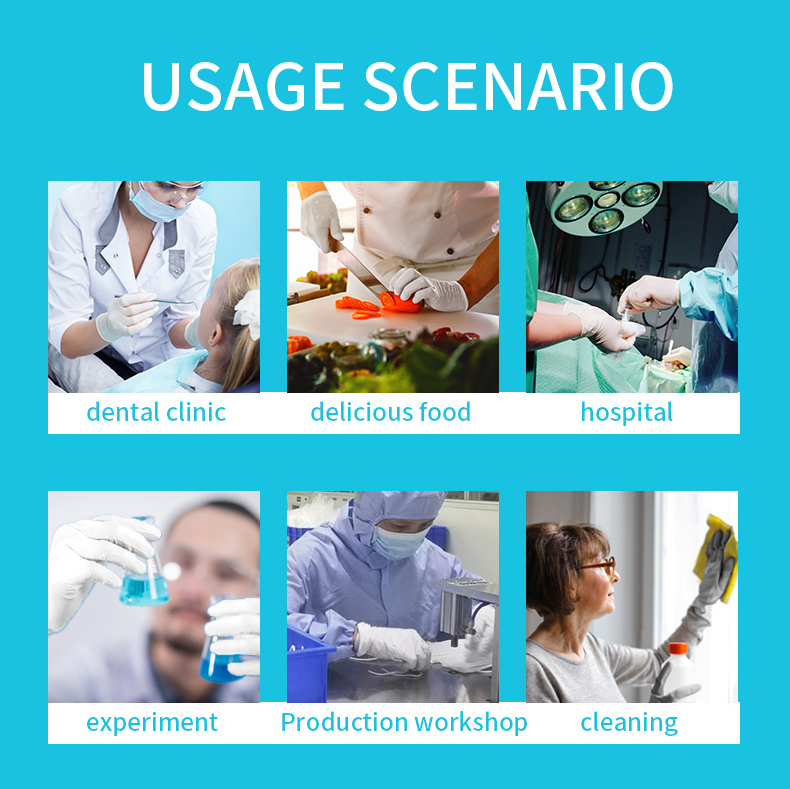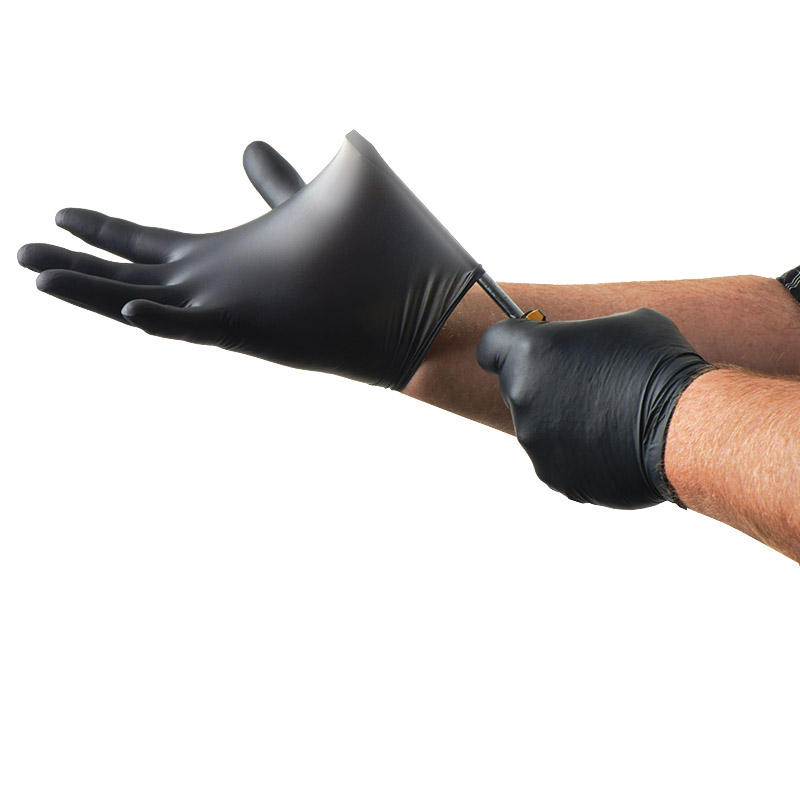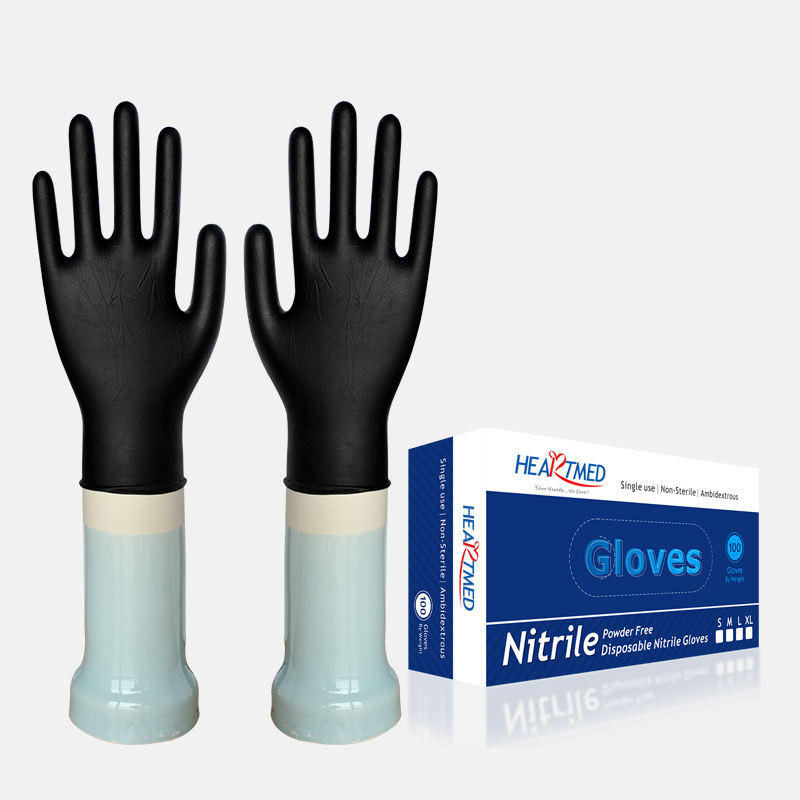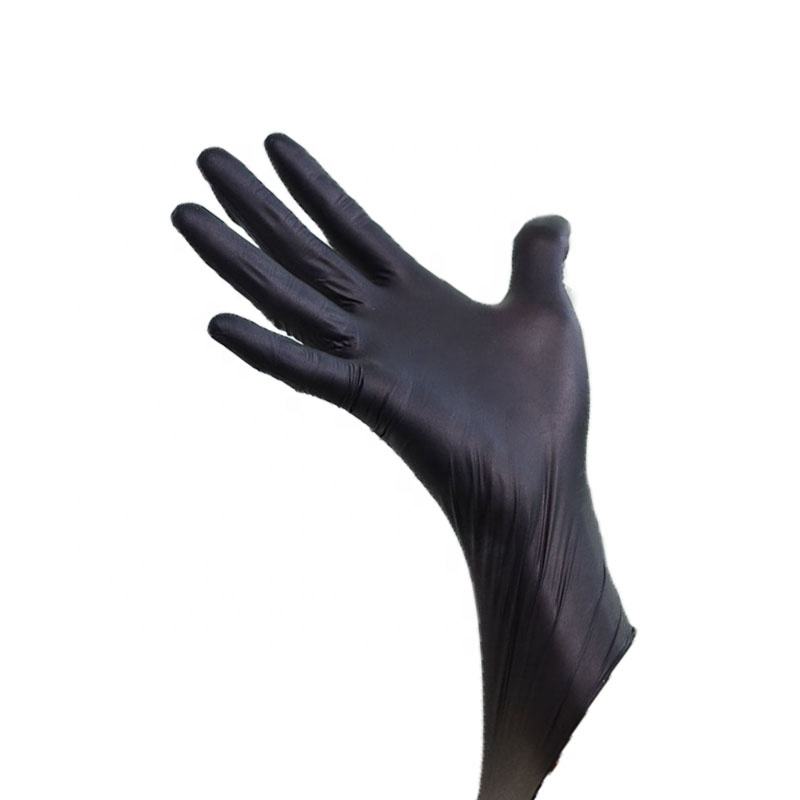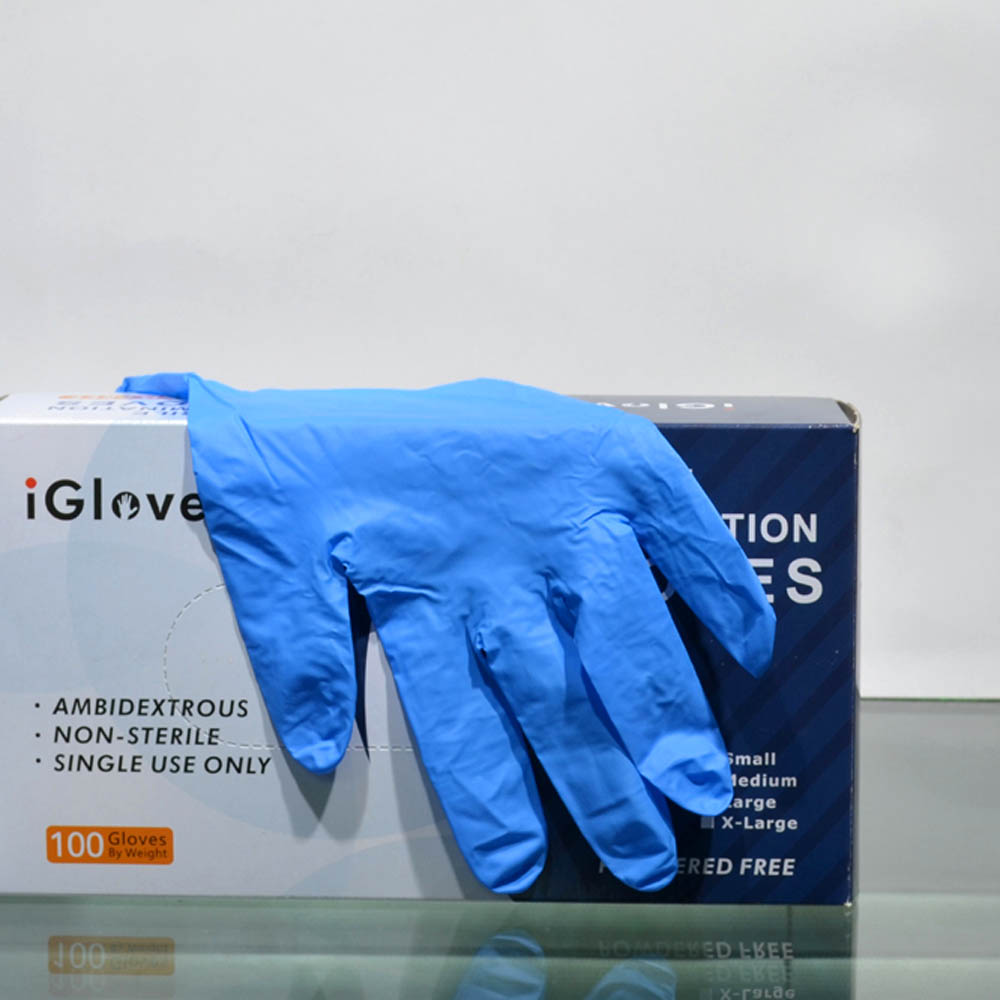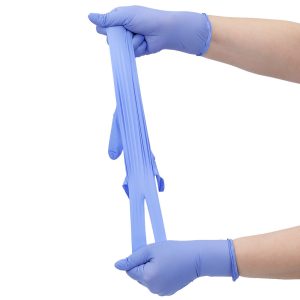Examination gloves, also known as medical gloves or disposable gloves, are essential protective equipment used in healthcare settings, laboratories, and various industries. These gloves are designed to maintain hygiene standards, prevent cross-contamination, and provide a barrier between the wearer’s hands and potentially harmful substances.
The primary feature of examination gloves is their disposable nature. They are made from materials such as latex, nitrile, or vinyl, which offer a combination of durability, flexibility, and sensitivity. Disposable gloves are designed for single-use, ensuring that each pair is sterile and free from contaminants.
Examination gloves provide a protective barrier against bacteria, viruses, chemicals, and bodily fluids. They are an integral part of infection control protocols, preventing the transmission of pathogens between patients, healthcare professionals, and surfaces.
These gloves are available in different sizes to accommodate various hand sizes, ensuring a proper and comfortable fit. They are typically ambidextrous, allowing for easy donning and removal.
Examination gloves are designed to offer tactile sensitivity and dexterity, enabling healthcare professionals to perform precise procedures and tasks. They allow for a high level of touch sensitivity, facilitating accurate examinations, diagnostics, and medical procedures.
These gloves may also include additional features to enhance usability, such as textured fingertips for improved grip and handling of small objects.
Examination gloves are used in a wide range of healthcare settings, including hospitals, clinics, dental offices, laboratories, and home healthcare. They are also utilized in industries that require hand protection and hygiene practices, such as food handling, janitorial services, and chemical handling.
In conclusion, examination gloves play a critical role in maintaining hygiene, preventing contamination, and protecting both healthcare professionals and patients. With their disposable nature, barrier properties, and tactile sensitivity, these gloves are essential tools for ensuring safety and infection control in various healthcare and industrial settings.


